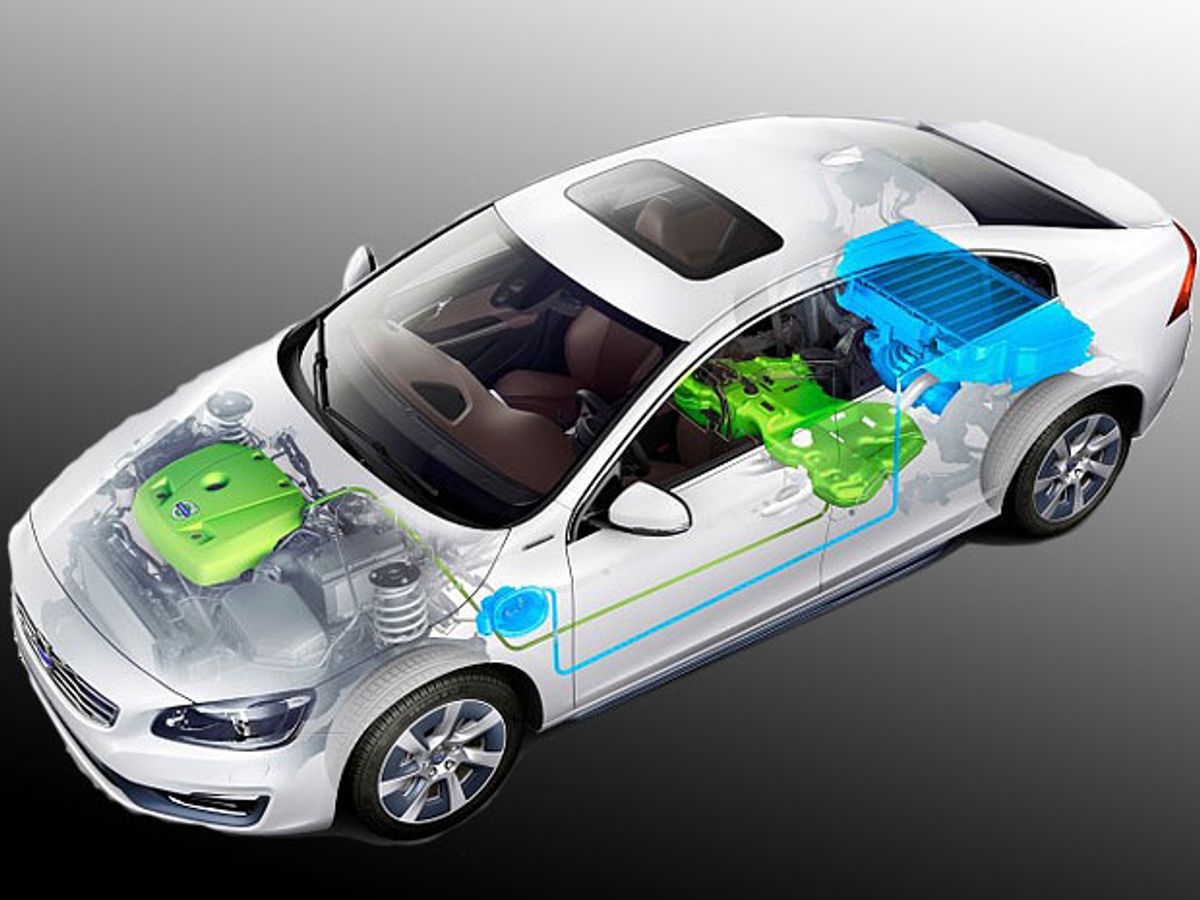You're commuting from New Jersey to Manhattan in a plug-in hybrid electric car, and you want to make the best possible use of the battery. Are there any rules of thumb? Of course there are, says Viktor Larsson, a newly minted Ph.D. in electrical engineering at the Chalmers University of Technology, in Gothenburg, Sweden.
First, there are the slam-dunk scenarious, the kind anyone could implement without automation. "Say you're starting your morning commute in New Jersey," Larsson says. "Start with the combustion engine, and save electrical energy for use in city driving," he says. "When you go back home at night you have to start in the traffic jam, so you should use the battery first."
Duh, you say, and well said. But there's a lot more to splitting the power of battery and engine, and Larsson spells it out in a doctoral dissertation involving fearful mathematics, like hierarchical clustering, convex optimization, and minimization of the Hamiltonian. Much of the math is meant to get a good result with a minimum of computational muscle.
Put it all together in a program, he adds, and you can expect to save about 10 percent in fuel, above and beyond what plugins save when compared to plain-vanilla cars.
The system starts by taking a log of day-to-day driving statistics to predict the route. Next it figures out in real time where on that route the car is. Then it balances the output of battery and engine at every point.
Sure, a driver could just type in the distance himself, but that would involve doing a lick of work, and Larsson wanted a system that takes car of things by itself. And the distance alone may not be enough information. For instance, if you climb a lot of hills, you'll draw a lot of power, and do well to rely on the combustion engine.
The data log gets uploaded to a server that precalculates the power split for commonly traveled routes. That way, the car has only to check the time of the day and other details to guess which plan to implement. If it's Monday morning, it must be time to go to work, it might reason.
He modeled the system on the Volvo V60, in which an electric motor drives the rear wheels and a combustion engine drives both the front wheels and (if necessary) a generator. Because there are two ways to get power to the wheels, the model has two degrees of freedom.
"Say you're traveling 50 miles," he says. "After 25, you might want to have a 60 percent charge left, and after 35 miles, some smaller percentage. The model can set a trajectory specifying whatever you want, and you could get quite good fuel economy." Other benefits might include extending battery life a bit.
Larsson says that besides Volvo, Ford, and Google, among others, are looking into route optimization. He himself has considered turning his model into a smartphone app. "You need car manufacturers to open up their systems for an external partner, and this isn't easy," he notes. Besides, most of today's plugin hybrids already save a lot on fuel expenses, which means an additional 10 percent saving might not amount to much. He calculates that his system might save the owner no more than US $100 a year.
"It's more for efficiency freaks, and maybe for fleet owners," he says.
Philip E. Ross is a senior editor at IEEE Spectrum. His interests include transportation, energy storage, AI, and the economic aspects of technology. He has a master's degree in international affairs from Columbia University and another, in journalism, from the University of Michigan.



